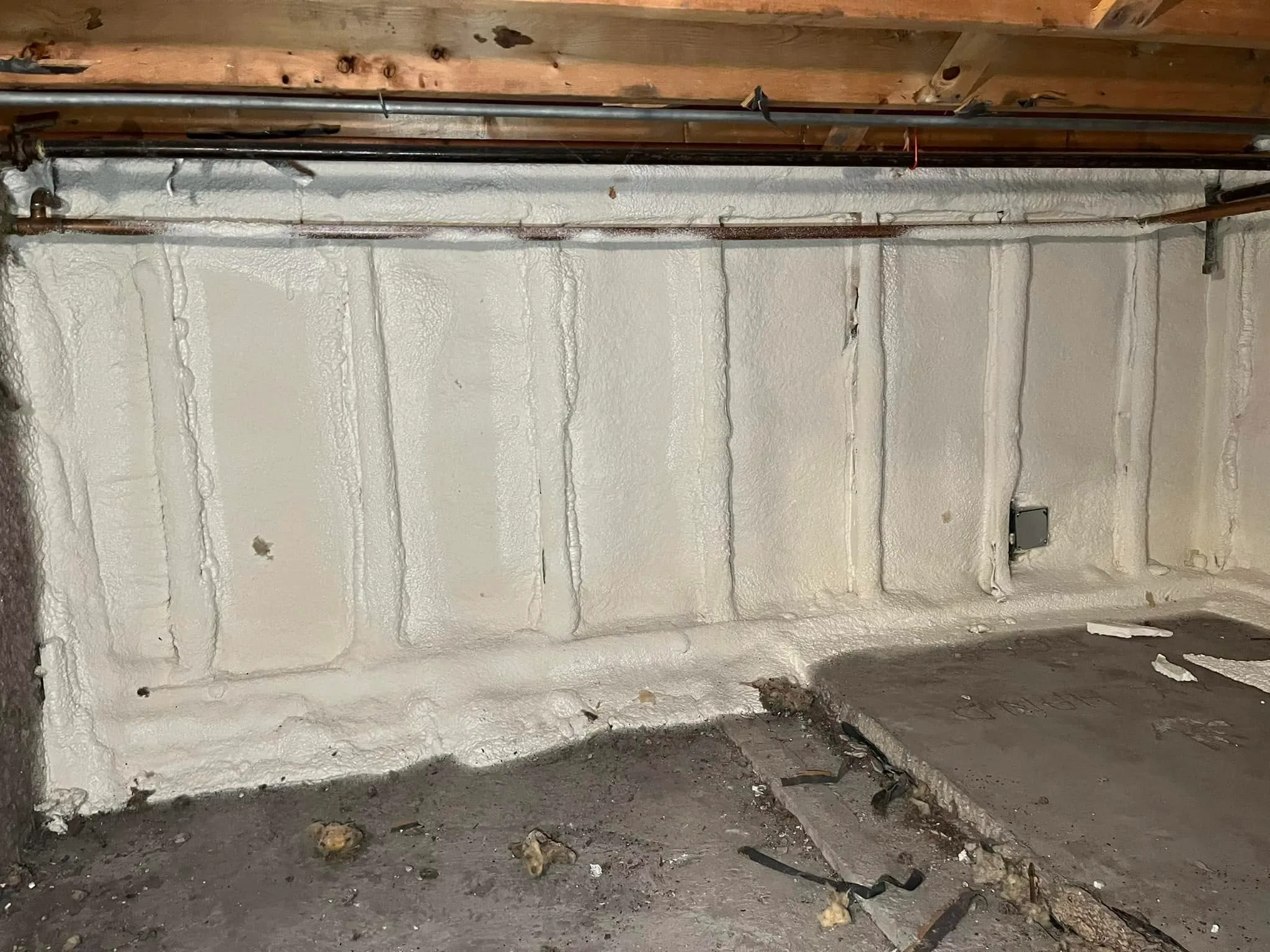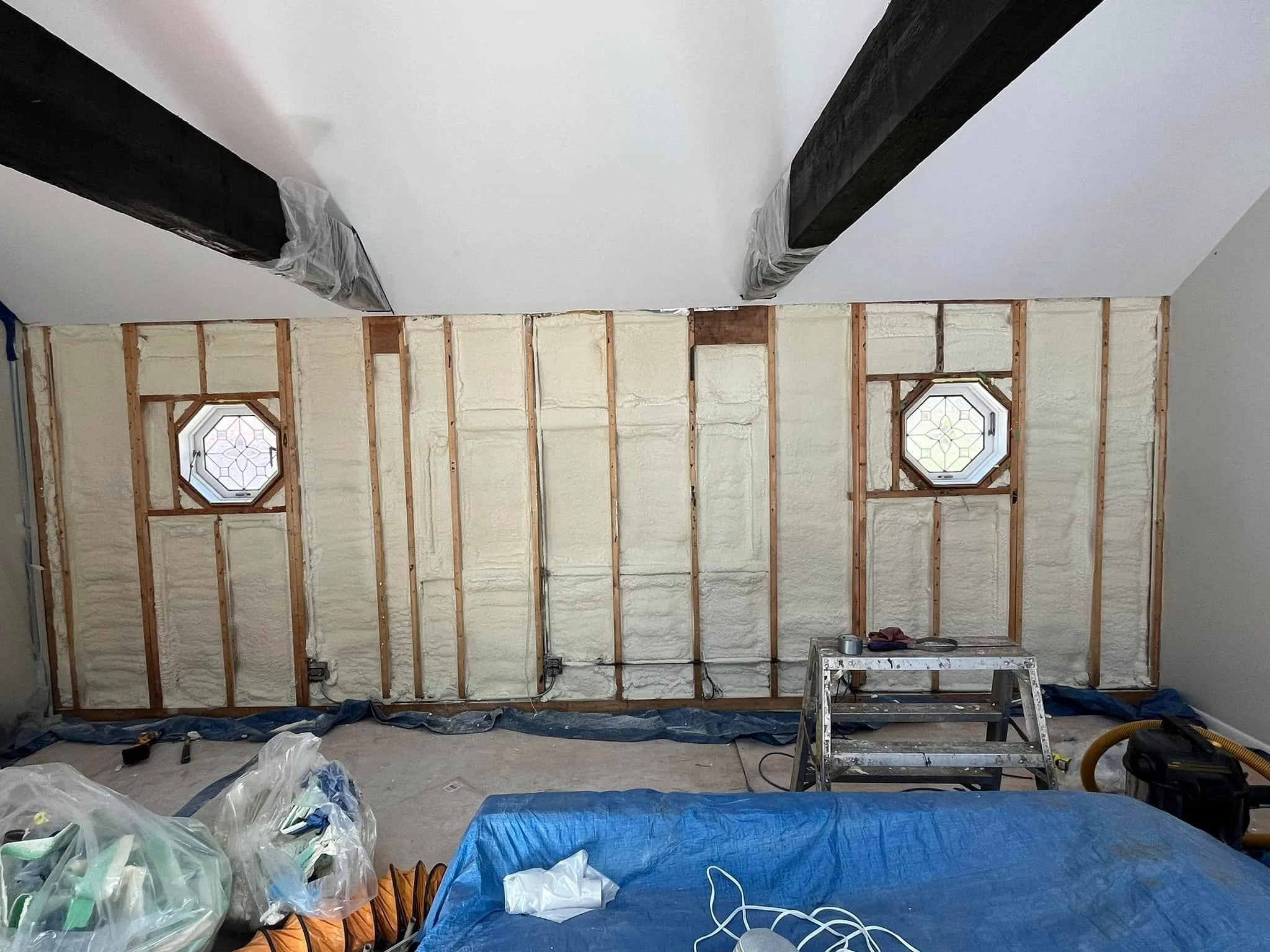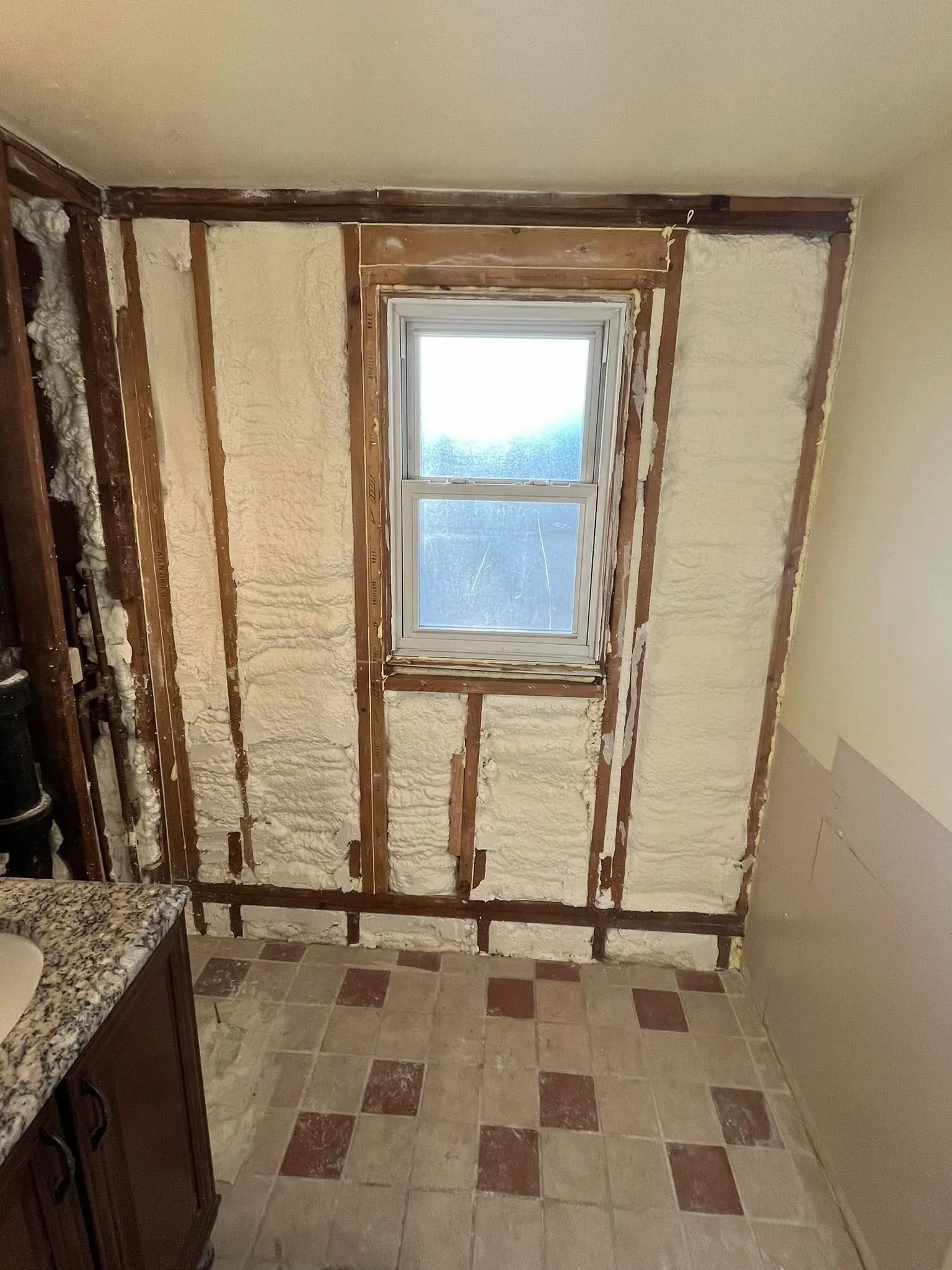
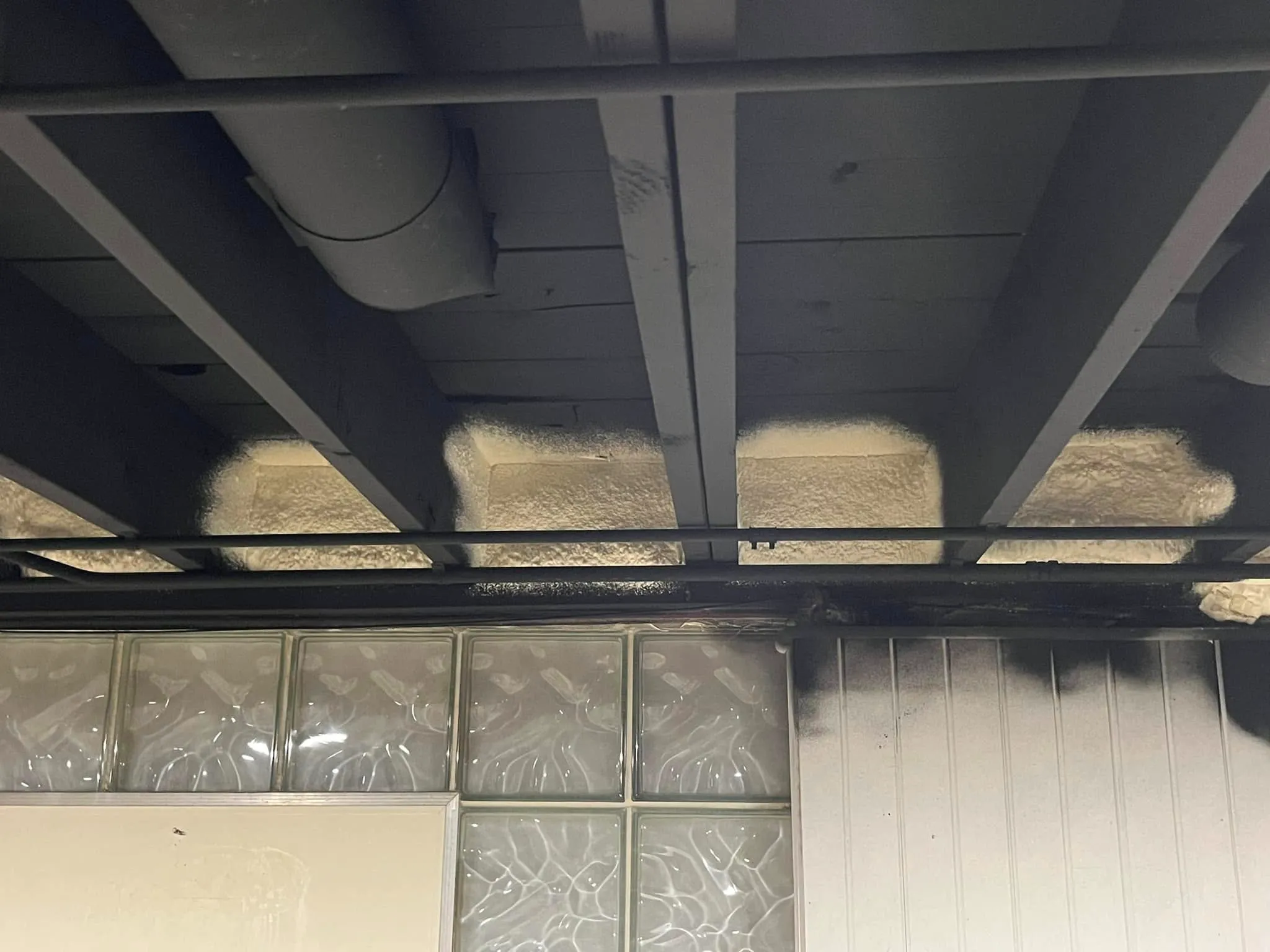
Spray foam insulation significantly enhances commercial HVAC efficiency by creating an airtight thermal barrier that reduces energy loads by 20-50%. This advanced insulation technology eliminates air infiltration gaps that force HVAC systems to work harder, directly translating to lower operational costs and improved temperature control throughout commercial buildings.
The effectiveness stems from spray foam’s unique expanding properties that seal even microscopic air leaks around ductwork, electrical penetrations, and structural joints. Unlike traditional insulation materials that leave gaps, spray foam creates a continuous barrier that maintains consistent indoor temperatures with reduced HVAC runtime. South Chicago Insulation has observed consistent energy savings across various commercial applications, from warehouses to office complexes, with properly installed spray foam systems.
Commercial buildings lose substantial conditioned air through uncontrolled air leakage, forcing HVAC systems to compensate continuously. According to the Department of Energy, air infiltration accounts for 25-40% of energy used for heating and cooling in commercial buildings. Spray foam addresses this challenge by expanding into cracks and crevices that other insulation materials cannot reach.
The foam’s cellular structure creates millions of tiny air pockets that resist heat transfer while simultaneously blocking airflow. This dual function reduces both conductive and convective heat loss, allowing HVAC systems to maintain desired temperatures with significantly less energy consumption. Buildings with comprehensive spray foam insulation typically experience 15-25% reduction in HVAC runtime during peak seasons.
Bonus Tip: Apply spray foam around HVAC ductwork connections and equipment penetrations first, as these areas often represent the largest sources of air leakage in commercial buildings.
Different insulation materials provide varying levels of thermal resistance and air sealing capabilities, directly affecting HVAC efficiency:
| Insulation Type | R-Value per Inch | Air Sealing | Moisture Resistance | HVAC Load Reduction |
|---|---|---|---|---|
| Closed Cell Spray Foam | 6.0-7.0 | Excellent | Superior | 30-50% |
| Open Cell Spray Foam | 3.6-4.0 | Very Good | Good | 20-35% |
| Fiberglass Batts | 2.9-3.8 | Poor | Poor | 5-15% |
| Rigid Foam Boards | 4.0-8.0 | Fair | Good | 15-25% |
| Mineral Wool | 3.0-4.3 | Poor | Fair | 8-18% |
Closed cell spray foam delivers the highest R-value and superior air sealing, making it the most effective option for maximizing HVAC efficiency. The initial investment pays dividends through reduced energy consumption and extended HVAC equipment lifespan.
Uninsulated or poorly insulated ductwork in unconditioned spaces causes significant energy losses. The International Energy Agency reports that ductwork losses can account for 20-30% of total HVAC energy consumption in commercial buildings. Spray foam insulation around ducts eliminates these losses while preventing condensation issues.
When applied to ductwork, spray foam creates a seamless thermal barrier that maintains air temperature from the unit to the delivery point. This consistency reduces the load on HVAC equipment and improves zone temperature control throughout the building. The foam also dampens vibration and noise transmission from ductwork operations.
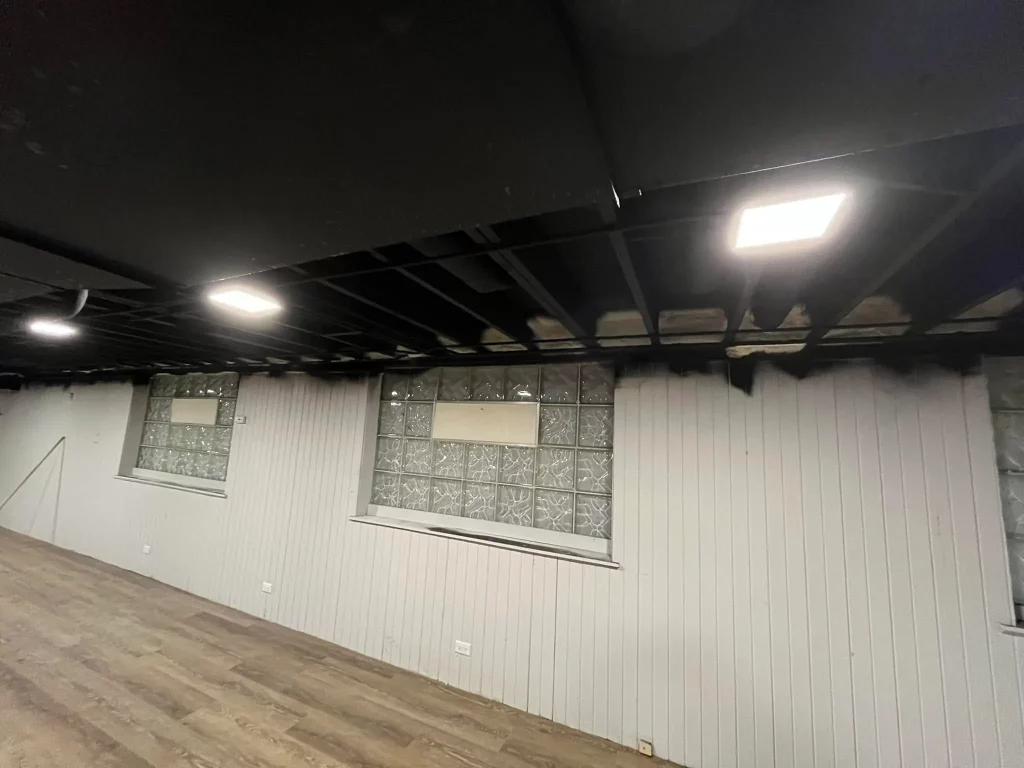
Commercial HVAC efficiency improvements from spray foam vary based on regional climate conditions:
| Climate Zone | Primary Benefit | Energy Savings Range | Optimal Application |
|---|---|---|---|
| Hot-Humid (Southeast) | Cooling load reduction | 25-40% | Building envelope + ductwork |
| Cold (Midwest/Northeast) | Heating load reduction | 30-50% | Full building encapsulation |
| Mixed (Mid-Atlantic) | Year-round efficiency | 20-35% | Selective application areas |
| Dry (Southwest) | Temperature stability | 15-30% | Roof and wall systems |
Buildings in extreme climate zones see the greatest HVAC efficiency improvements because spray foam eliminates the constant battle against outdoor temperature extremes.
Bonus Tip: In humid climates, prioritize closed cell spray foam installation to prevent moisture infiltration that can reduce HVAC efficiency and create indoor air quality issues.
Building age and construction type significantly influence spray foam effectiveness for HVAC efficiency. Older commercial buildings with masonry construction and numerous penetrations typically see greater improvements than newer structures with modern insulation standards. Evaluate existing insulation condition and identify major air leakage points before determining spray foam application areas.
HVAC system capacity must align with post-insulation building loads. Buildings with significant spray foam upgrades may experience oversized HVAC conditions, leading to short cycling and reduced efficiency. Consider HVAC system evaluation and potential downsizing to maximize long-term performance benefits.
Fire safety codes and building regulations vary by jurisdiction and occupancy type. Some commercial applications require fire-rated spray foam products or additional protective barriers. Verify local requirements and obtain necessary permits before installation to ensure compliance and optimal performance.
Bonus Tip: Schedule spray foam installation during HVAC system commissioning or major maintenance periods to address both building envelope and mechanical system efficiency simultaneously.
Comprehensive commercial insulation solutions maximize HVAC efficiency through strategic application:
Building owners frequently ask about spray foam installation timing and its impact on existing HVAC warranties. Most HVAC manufacturers support efficiency improvements through better insulation, but verify warranty terms before installation. The optimal installation timing coincides with scheduled HVAC maintenance to minimize operational disruption.
Application thickness requirements depend on climate zone and building construction. Commercial applications typically require 2–4 inches of closed-cell spray foam for optimal thermal performance and air sealing. Professional assessment determines specific requirements based on building characteristics and efficiency goals.
Commercial building owners seeking HVAC efficiency improvements through advanced insulation technology can benefit from professional assessment and installation services. South Chicago Insulation provides comprehensive evaluation and customized solutions for commercial properties throughout the region.
Contact the team at [email protected] or call (779) 803-8025 to discuss specific building requirements and efficiency goals. Professional installation ensures optimal performance and long-term HVAC savings.
HVAC efficiency improvements become apparent immediately after spray foam cures, typically within 24-48 hours of installation. Energy consumption reductions are measurable within the first billing cycle, with full efficiency benefits realized as the HVAC system adjusts to reduced building loads.
Most spray foam installations can proceed without complete HVAC shutdown, though temporary adjustments may be necessary in specific areas. Coordinate installation timing with facility operations to minimize disruption while ensuring proper curing conditions.
Significant air sealing and insulation improvements can reduce building loads below original HVAC design parameters. Monitor system performance after installation and consider professional evaluation if short cycling or uneven temperatures occur.
Properly installed spray foam requires minimal maintenance to maintain HVAC efficiency benefits. Annual visual inspections around mechanical penetrations and building joints ensure continued air sealing performance.
Spray foam provides superior HVAC efficiency improvements compared to traditional insulation materials due to its combined thermal resistance and air sealing properties. While initial costs exceed conventional options, energy savings and HVAC equipment preservation typically justify the investment within 3-7 years.

